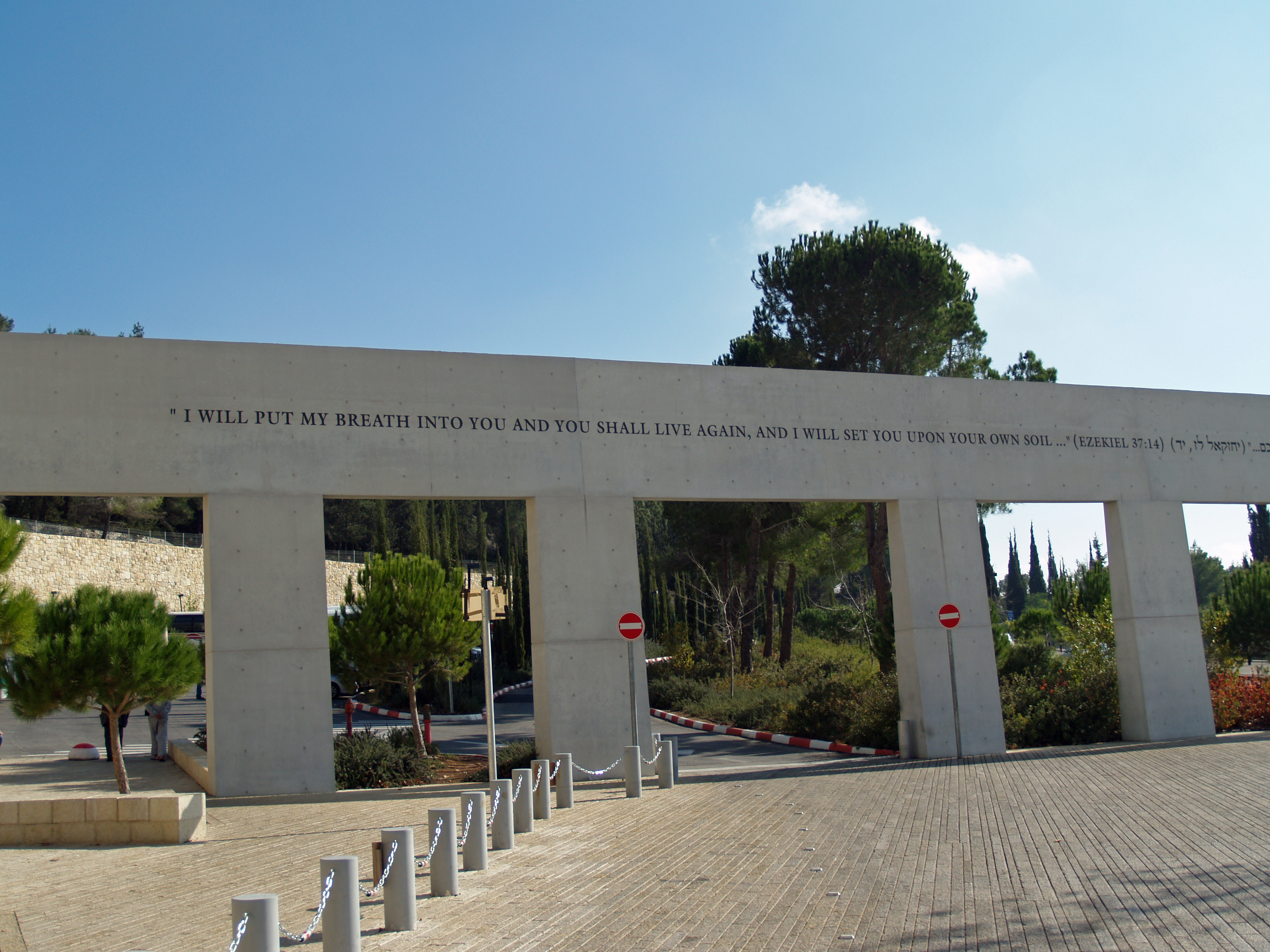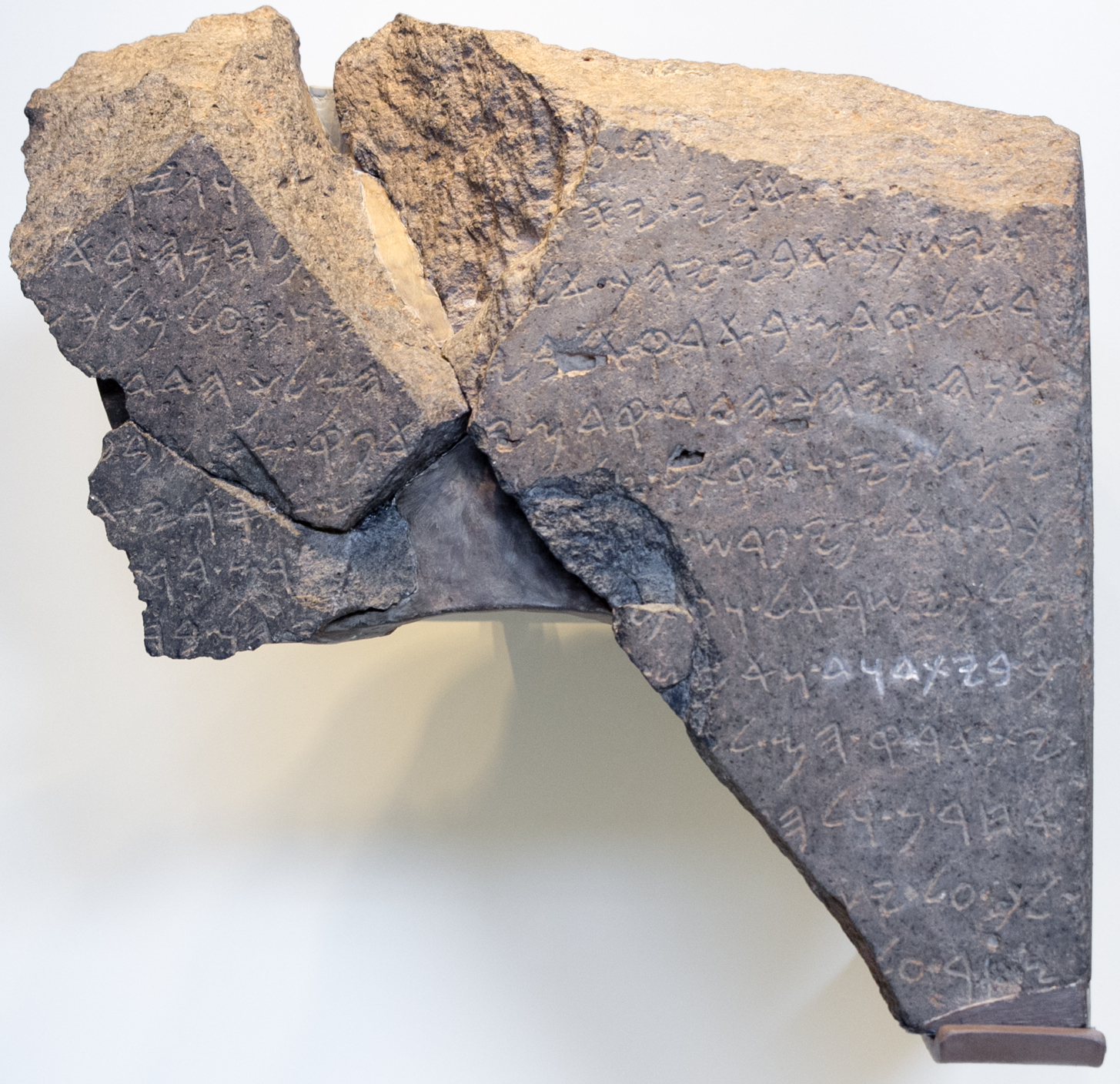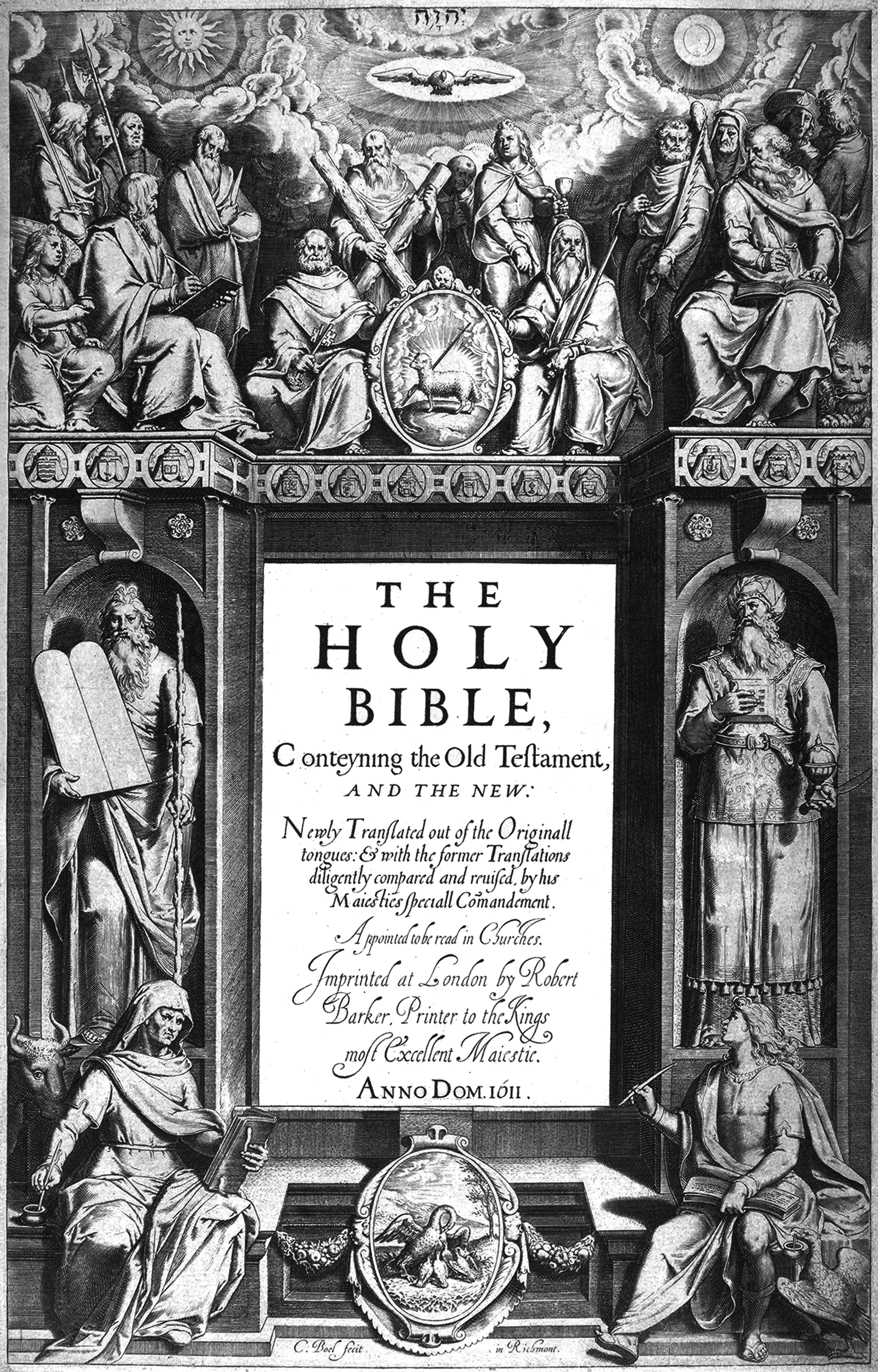|
Ezekiel 7
Ezekiel 7 is the seventh chapter of the Book of Ezekiel in the Hebrew Bible or the Old Testament of the Christian Bible. This book contains the prophecies attributed to the prophet/ priest Ezekiel, and is one of the Books of the Prophets.Theodore Hiebert, et al. 1996. ''The New Interpreter's Bible: Volume VI''. Nashville: Abingdon. In this chapter, Ezekiel announces that "judgment on Israel is near". Text The original text was written in the Hebrew language. This chapter is divided into 27 verses. Textual witnesses Some early manuscripts containing the text of this chapter in Hebrew are of the Masoretic Text tradition, which includes the Codex Cairensis (895), the Petersburg Codex of the Prophets (916), Aleppo Codex (10th century), and Codex Leningradensis (1008). Fragments containing parts of this chapter were found among the Dead Sea Scrolls, that is, 11Q4 (11QEzek; 50 BCE–50 CE) with extant verses 9–12. There is also a translation into Koine Greek known as th ... [...More Info...] [...Related Items...] OR: [Wikipedia] [Google] [Baidu] |
Book Of Ezekiel
The Book of Ezekiel is the third of the Latter Prophets in the Tanakh and one of the major prophetic books, following Isaiah and Jeremiah. According to the book itself, it records six visions of the prophet Ezekiel, exiled in Babylon, during the 22 years from 593 to 571 BCE, although it is the product of a long and complex history and does not necessarily preserve the very words of the prophet. The visions, and the book, are structured around three themes: (1) Judgment on Israel (chapters 1–24); (2) Judgment on the nations (chapters 25–32); and (3) Future blessings for Israel (chapters 33–48). Its themes include the concepts of the presence of God, purity, Israel as a divine community, and individual responsibility to God. Its later influence has included the development of mystical and apocalyptic traditions in Second Temple and Judaism and Christianity. Structure Ezekiel has the broad three-fold structure found in a number of the prophetic books: oracles ... [...More Info...] [...Related Items...] OR: [Wikipedia] [Google] [Baidu] |
Aleppo Codex
The Aleppo Codex ( he, כֶּתֶר אֲרָם צוֹבָא, romanized: , lit. 'Crown of Aleppo') is a medieval bound manuscript of the Hebrew Bible. The codex was written in the city of Tiberias in the tenth century CE (circa 920) under the rule of the Abbasid Caliphate, and was endorsed for its accuracy by Maimonides. Together with the Leningrad Codex, it contains the Aaron ben Moses ben Asher, Ben-Asher masoretic tradition. The codex was kept for five centuries in the Central Synagogue of Aleppo, until the synagogue was torched during anti-Jewish riots in 1947. The fate of the codex during the subsequent decade is unclear: when it resurfaced in Israel in 1958, roughly 40% of the manuscript—including the majority of the Torah section—was missing, and only two additional leaves have been recovered since then. The original supposition that the missing pages were destroyed in the synagogue fire has increasingly been challenged, fueling speculation that they survive i ... [...More Info...] [...Related Items...] OR: [Wikipedia] [Google] [Baidu] |
Assyrian Captivity
The Assyrian captivity (or the Assyrian exile) is the period in the history of ancient Israel and Judah during which several thousand Israelites from the Kingdom of Israel were forcibly relocated by the Neo-Assyrian Empire. This is one of the many instances of the resettlement policy of the Neo-Assyrian Empire. The Kingdom of Israel was conquered by the Neo-Assyrian monarchs Tiglath-Pileser III and Shalmaneser V. The later Assyrian rulers Sargon II and his son and successor, Sennacherib, were responsible for finishing the twenty-year demise of Israel's northern ten-tribe kingdom, although they did not overtake the Kingdom of Judah. Jerusalem was besieged, but not taken. The tribes forcibly resettled by Assyria later became known as the Ten Lost Tribes. Biblical account The captivities began in approximately 740 BCE (or 733/2 BCE according to other sources).The Books of Kings and Chronicles modern view by Umberto Cassuto and Elia Samuele Artom (1981) And the God of Israel ... [...More Info...] [...Related Items...] OR: [Wikipedia] [Google] [Baidu] |
Northern Kingdom Of Israel
The Kingdom of Israel (), or the Kingdom of Samaria, was an Israelite kingdom in the Southern Levant during the Iron Age. The kingdom controlled the areas of Samaria, Galilee and parts of Transjordan. Its capital, for the most part, was Samaria (modern Sebastia). The Hebrew Bible depicts the Kingdom of Israel as one of two successor states to the former United Kingdom of Israel ruled by King David and his son Solomon, the other being the Kingdom of Judah; most historians and archaeologists, however, do not believe in the existence of a United Kingdom as depicted in the Bible.The debate is described in Amihai Mazar, "Archaeology and the Biblical Narrative: The Case of the United Monarchy" (see bibliography), p.29 fn.2: "For conservative approaches defining the United Monarchy as a state “from Dan to Beer Sheba” including “conquered kingdoms” (Ammon, Moab, Edom) and “spheres of influence” in Geshur and Hamath cf. e.g. Ahlström (1993), 455–542; Meyers (1998); Lema ... [...More Info...] [...Related Items...] OR: [Wikipedia] [Google] [Baidu] |
Kingdom Of Judah
The Kingdom of Judah ( he, , ''Yəhūdā''; akk, 𒅀𒌑𒁕𒀀𒀀 ''Ya'údâ'' 'ia-ú-da-a-a'' arc, 𐤁𐤉𐤕𐤃𐤅𐤃 ''Bēyt Dāwīḏ'', " House of David") was an Israelite kingdom of the Southern Levant during the Iron Age. Centered in Judea, the kingdom's capital was Jerusalem. The other Israelite polity, the Kingdom of Israel, lay to the north. Jews are named after Judah and are primarily descended from it. The Hebrew Bible depicts the Kingdom of Judah as a successor to the United Kingdom of Israel, a term denoting the united monarchy under biblical kings Saul, David and Solomon and covering the territory of Judah and Israel. However, during the 1980s, some biblical scholars began to argue that the archaeological evidence for an extensive kingdom before the late-8th century BCE is too weak, and that the methodology used to obtain the evidence is flawed. In the 10th and early 9th centuries BCE, the territory of Judah appears to have been sparsely populat ... [...More Info...] [...Related Items...] OR: [Wikipedia] [Google] [Baidu] |
King James Version
The King James Version (KJV), also the King James Bible (KJB) and the Authorized Version, is an English translation of the Christian Bible for the Church of England, which was commissioned in 1604 and published in 1611, by sponsorship of King James VI and I. The 80 books of the King James Version include 39 books of the Old Testament, an intertestamental section containing 14 books of what Protestants consider the Apocrypha, and the 27 books of the New Testament. Noted for its "majesty of style", the King James Version has been described as one of the most important books in English culture and a driving force in the shaping of the English-speaking world. The KJV was first printed by John Norton and Robert Barker, who both held the post of the King's Printer, and was the third translation into English language approved by the English Church authorities: The first had been the Great Bible, commissioned in the reign of King Henry VIII (1535), and the second had been th ... [...More Info...] [...Related Items...] OR: [Wikipedia] [Google] [Baidu] |
Amos (prophet)
In the Hebrew Bible and Christian Old Testament, Amos (; he, עָמוֹס – ''ʿĀmōs'') was one of the Twelve Minor Prophets. An older contemporary of Hosea and Isaiah, Amos was active c. 760–755 BCE during the rule of kings Jeroboam II of Israel and Uzziah of Kingdom of Judah, Judah. He was from the southern Kingdom of Judah but preached in the northern Kingdom of Israel (Samaria), Kingdom of Israel. Amos wrote at a time of relative peace and prosperity but also of neglect of God's laws. He spoke against an increased disparity between the very wealthy and the very poor. His major themes of justice, God's omnipotence, and divine judgment became staples of prophecy. The Book of Amos is attributed to him. Life Before becoming a prophet, Amos was a shepherd, sheep herder and a sycamore fig farmer.Coogan, Michael. ''A Brief Introduction to the Old Testament''. p. 257. Oxford: Oxford University Press, 2009. His prior professions and his claim "I am not a prophet nor a ... [...More Info...] [...Related Items...] OR: [Wikipedia] [Google] [Baidu] |
Codex Sinaiticus
The Codex Sinaiticus ( Shelfmark: London, British Library, Add MS 43725), designated by siglum [Aleph] or 01 (in the Gregory-Aland numbering of New Testament manuscripts), δ 2 (in the von Soden numbering of New Testament manuscripts), or Sinai Bible is a 4th-century Christian manuscript of a Greek Bible, containing the majority of the Greek Old Testament, including the Apocrypha, and the Greek New Testament, with both the Epistle of Barnabas and the Shepherd of Hermas included. It is written in uncial letters on parchment. It is one of the four great uncial codices (these being manuscripts which originally contained the whole of both the Old and New Testaments). Along with Codex Alexandrinus and Codex Vaticanus, it is one of the earliest and most complete manuscripts of the Bible, and contains the oldest complete copy of the New Testament. It is a historical treasure, and using the study of comparative writing styles (palaeography), it has been dated to the m ... [...More Info...] [...Related Items...] OR: [Wikipedia] [Google] [Baidu] |
Codex Marchalianus
Codex Marchalianus designated by siglum Q is a 6th-century Greek manuscript copy of the Greek version of the Hebrew Bible ( Tanakh or Old Testament) known as the Septuagint. The text was written on vellum in uncial letters. Palaeographically it has been assigned to the 6th century. Marginal annotations were later added to the copy of the Scripture text, the early ones being of importance for a study of the history of the Septuagint. Its name was derived from a former owner, René Marchal. Description The manuscript is an in quarto volume, arranged in quires of five sheets or ten leaves each, like Codex Vaticanus or Codex Rossanensis. It contains text of the Twelve Prophets, Book of Isaiah, Book of Jeremiah with Baruch, Lamentations, Epistle of Jeremiah, Book of Ezekiel, Book of Daniel, with Susanna and Bel. The order of the 12 Prophets is unusual: Hosea, Amos, Micah, Joel, Obadiah, Jonah, Nahum, Habakkuk, Zephaniah, Haggai, Zechariah, and Malachi. The ord ... [...More Info...] [...Related Items...] OR: [Wikipedia] [Google] [Baidu] |
Codex Alexandrinus
The Codex Alexandrinus (London, British Library, Royal MS 1. D. V-VIII), designated by the siglum A or 02 (in the Gregory-Aland numbering of New Testament manuscripts), δ 4 (in the von Soden numbering of New Testament manuscripts), is a manuscript of the Greek Bible,The Greek Bible in this context refers to the Bible used by Greek-speaking Christians who lived in Egypt and elsewhere during the early history of Christianity. This Bible contained both the Old and New Testaments in Koine Greek. written on parchment. Using the study of comparative writing styles (palaeography), it has been dated to the fifth century. It contains the majority of the Greek Old Testament and the Greek New Testament. It is one of the four Great uncial codices (these being manuscripts which originally contained the whole of both the Old and New Testaments). Along with Codex Sinaiticus and Vaticanus, it is one of the earliest and most complete manuscripts of the Bible. It derives its name from ... [...More Info...] [...Related Items...] OR: [Wikipedia] [Google] [Baidu] |
Codex Vaticanus
The Codex Vaticanus ( The Vatican, Bibl. Vat., Vat. gr. 1209), designated by siglum B or 03 (in the Gregory-Aland numbering), δ 1 ( von Soden), is a fourth-century Christian manuscript of a Greek Bible, containing the majority of the Greek Old Testament and the majority of the Greek New Testament. It is one of the four great uncial codices. Along with Codex Alexandrinus and Codex Sinaiticus, it is one of the earliest and most complete manuscripts of the Bible. The codex has been dated palaeographically to the 4th century. The manuscript became known to Western scholars as a result of correspondence between Erasmus and the prefects of the Vatican Library. Portions of the codex were collated by several scholars, but numerous errors were made during this process. The codex's relationship to the Latin Vulgate was unclear and scholars were initially unaware of its value. This changed in the 19th century when transcriptions of the full codex were completed. It was at that point ... [...More Info...] [...Related Items...] OR: [Wikipedia] [Google] [Baidu] |
Septuagint
The Greek Old Testament, or Septuagint (, ; from the la, septuaginta, lit=seventy; often abbreviated ''70''; in Roman numerals, LXX), is the earliest extant Greek translation of books from the Hebrew Bible. It includes several books beyond those contained in the Masoretic text of the Hebrew Bible as canonically used in the tradition of mainstream Rabbinical Judaism. The additional books were composed in Greek, Hebrew, or Aramaic, but in most cases, only the Greek version has survived to the present. It is the oldest and most important complete translation of the Hebrew Bible made by the Jews. Some targums translating or paraphrasing the Bible into Aramaic were also made around the same time. The first five books of the Hebrew Bible, known as the Torah or the Pentateuch, were translated in the mid-3rd century BCE. The remaining translations are presumably from the 2nd century BCE. The full title ( grc , Ἡ μετάφρασις τῶν Ἑβδομήκοντα, , The Tr ... [...More Info...] [...Related Items...] OR: [Wikipedia] [Google] [Baidu] |








.jpg)